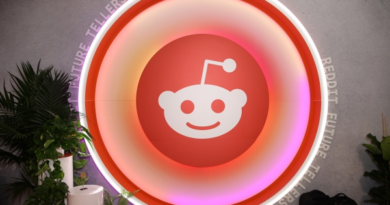How to succeed in today’s grocery delivery market
Misfits Market CEO Abhi Ramesh thinks we’re in a ‘normalization period’

The instant grocery delivery market has been on a roller-coaster ride over the past few years, and recently the ride has been down.
For example, Dunzo, a hyperlocal delivery startup in India, reportedly postponed employee salaries for a month and plans additional layoffs, with a strategy on “streamlining our cash flow so we can build a more sustainable business for the future,” it wrote to employees in an email.
Then over in Europe, Getir, the delivery giant there, said it was pulling out of Spain, Italy and Portugal as it was finalizing a new round of investment. That announcement came a month after Getir exited France.
Not everything is doom and gloom in this market, though. Misfits Market acquired Imperfect Foods at the end of 2022, and JOKR raised additional funding earlier this year. Meanwhile, Misfits Market is finishing up the integration of the two companies. Granted, Misfits Market had its own brush with layoffs earlier this year, but founder and CEO Abhi Ramesh told TechCrunch+ that he has seen “meaningful positive improvement” in operation.
But in broader terms, he also said that “it is hard times for the industry.” We sat down with Ramesh to chat about how to succeed in this sector, the key to driving unit economics and what’s next for Misfits Market.
The following was edited for length and clarity.
TC+: How do instant grocery delivery companies succeed in this environment?
AR: One of the strategic mistakes folks in this category made was they assumed that the growth rate and demand in 2020 and 2021 would stay for the next three, four or five years. In reality, what happened is some of the demand was simply pulled forward, but not as much. Now it’s more like a normalization period.
For companies to do well right now, it requires a few things. One is you have to have scale. It’s tricky because this is also a time period where every company is trying to push profitability. When you’re pushing profitability, the first thing companies try to do is pull back on marketing spend to save dollars. But in e-commerce, that’s actually a vicious cycle where you pull marketing so you don’t grow as much or get the leverage in your finances to burn more.




